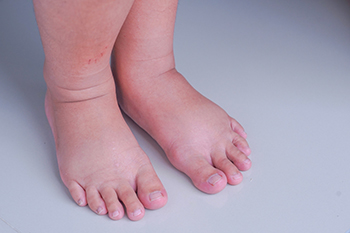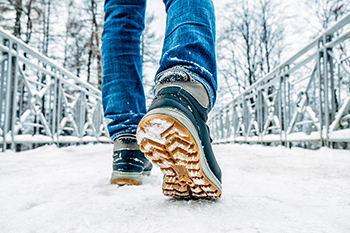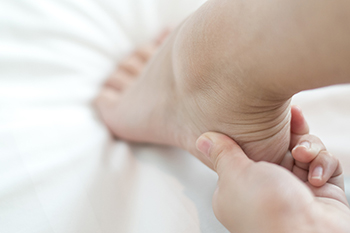
The distribution of pressure on the feet plays a critical role in understanding the effects of wearing high heels. When someone wears high heels, most of their body weight is concentrated on the ball of the foot and the heel, with less pressure on the arch and toes. This shift in weight distribution can lead to various discomforts and health issues. Wearing high heels can increase the pressure on the forefoot significantly, potentially causing foot pain, blisters, and calluses. The unnatural posture created by high heels can also affect the alignment of the spine and cause lower back pain. Additionally, excessive pressure on the ball of the foot may lead to conditions like metatarsalgia, which is a painful inflammation of the metatarsal bones. Understanding the distribution of pressure on the feet is essential for individuals who frequently wear high heels. It highlights the importance of choosing comfortable and properly fitting footwear to minimize the negative impacts of high heels on foot health. If you enjoy wearing high heels, it is suggested that you make an appointment with a chiropodist to better understand the effects they have had on your feet, and how to manage this.
High heels have been in style for centuries, but unfortunately, they have also been damaging feet for centuries. If you would like to learn more about how high heels can hurt your feet, please consult with one of the chiropodists from The Footcare Centre. Our chiropodists can help you maintain the health of your lower limbs and your mobility.
High heels can cause a variety of problems, including:
Foot and ankle pain
Foot and ankle injuries
Toe pain and deformities
Gait abnormalities
Achilles tendonitis
Changes in posture
Difficulty balancing
Leg, hip, and back pain
If you are reluctant to abandon your high heels, you can still wear them, but should take measures to minimize damage to your feet:
Wear shoes with heels no higher than 2 inches
Choose properly fitted shoes
Choose shoes with a wide toe box
Wear high heels infrequently
When wearing high heels, take them off periodically to stretch and relax your feet
If you have any questions, please feel free to contact our office located in . We offer the newest diagnostic and treatment technologies for all your foot care needs.





